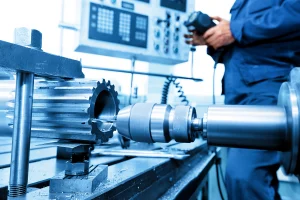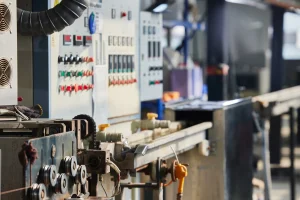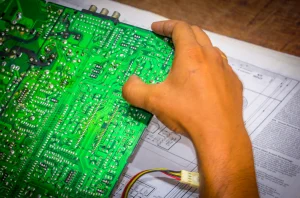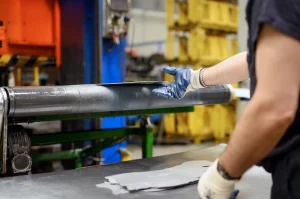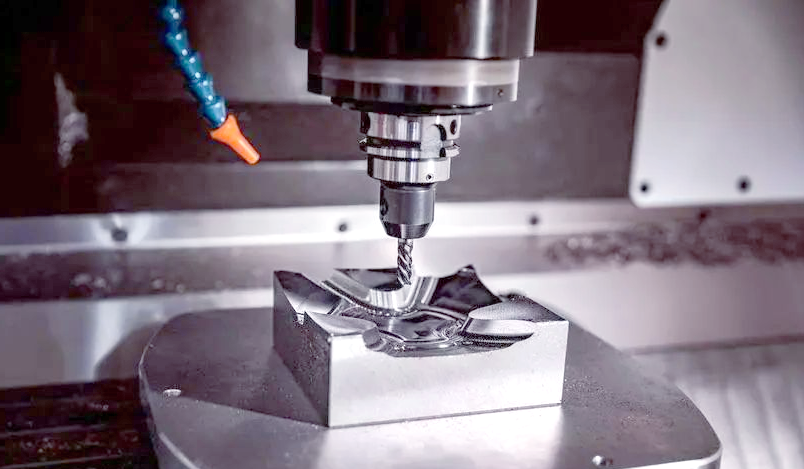
Raw materials
Material cost: The prices of raw materials of different materials vary greatly. For example, the prices of some rare metals or high-performance alloys are often higher. Even for common metal materials, the prices will vary depending on the purity and specifications. Choosing the right material and trying to use lower-priced materials while meeting the performance requirements of the parts will help reduce costs.
Material utilization rate: Improving material utilization rate can reduce the material cost per unit part. Reasonable layout planning and process design can reduce material waste. For example, using advanced CNC cutting technology and optimizing cutting paths can improve the utilization rate of sheet raw materials.
Processing technology
Process complexity: Complex processing technology requires more processing steps, higher technical levels and more sophisticated equipment, thereby increasing processing costs. For example, some precision parts require special processes such as multi-axis linkage processing and electrospark processing, and their equipment costs, processing time and labor costs are relatively high.
Processing accuracy requirements: The higher the accuracy requirements, the greater the processing difficulty, and the higher the requirements for equipment, tools, process control, etc. In order to ensure high precision, more sophisticated processing equipment, more advanced detection methods and more skilled operators may be required, all of which will lead to higher costs. For example, the precision parts in the aerospace field require processing accuracy of micrometers or even nanometers, so the production cost is naturally high.
Processing efficiency: Improving processing efficiency can reduce production costs per unit time. Using efficient processing equipment, optimizing processing parameters and process flow can reduce the processing time of parts. For example, high-speed cutting technology can improve processing efficiency while ensuring processing quality, thereby reducing costs.
Equipment and tools
Equipment cost: Precision parts processing usually requires the use of high-precision processing equipment, such as machining centers, CNC grinders, etc. These equipment are expensive, with high procurement costs, and the maintenance, maintenance and depreciation costs of the equipment are also high. Choosing suitable equipment, reasonably allocating equipment resources according to the processing requirements of parts, and avoiding idle equipment waste will help reduce costs.
Tool loss: The wear and replacement of tools during processing will increase costs. For precision parts processing, high-performance tools are usually required to ensure processing accuracy and surface quality, and these tools are expensive. In addition, the service life of tools is limited, and frequent tool replacement will increase production costs. Therefore, it is crucial to choose tools with good wear resistance and long life, and reasonably control the use and replacement cycle of tools to reduce costs.
Labor cost
Technical level requirements: Precision parts processing requires skilled and experienced operators and technicians. They need to have high professional knowledge and skills, be able to operate advanced processing equipment proficiently, and perform process programming and quality control. The remuneration of such personnel is relatively high, so labor costs account for a large proportion of production costs.
Staff training costs: In order to ensure processing quality and production efficiency, enterprises need to regularly train employees so that they can constantly master new processing technology and process knowledge. Training costs include training course fees, training equipment purchase costs, and employee wages during training, which will also increase the production costs of enterprises.
Quality control
Testing equipment and methods: To ensure the quality of precision parts, advanced testing equipment and strict testing methods are required. For example, precision testing equipment such as three-coordinate measuring machines and optical microscopes are expensive, and the testing process requires a certain amount of time and manpower. In addition, in order to ensure the accuracy of the test, the testing equipment needs to be calibrated and maintained regularly, which will increase the quality control cost.
Scrap rate: If the scrap rate is high during the processing process, it will lead to waste of resources such as raw materials and processing hours, and increase production costs. Therefore, reducing the scrap rate by optimizing the processing technology and strengthening quality control is of great significance to reducing production costs.
Production management
Production planning and scheduling: Reasonable production planning and scheduling can improve production efficiency, reduce equipment idle time and production cycle. By scientifically arranging production tasks, optimizing production processes, and closely connecting various production links, production costs can be reduced. For example, using advanced production management software to monitor and schedule the production process in real time, solve problems in production in a timely manner, and improve production efficiency.
Inventory management: Improper inventory management will increase costs. Excessive raw material inventory will occupy funds and increase storage costs; insufficient raw material inventory may lead to production interruptions and affect production progress. Therefore, reasonable control of raw material inventory and the use of advanced inventory management methods, such as the economic order quantity model, will help reduce inventory costs and production costs.

